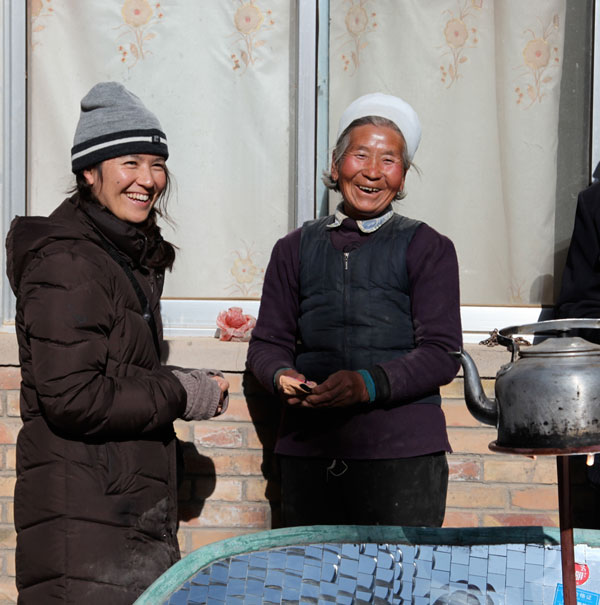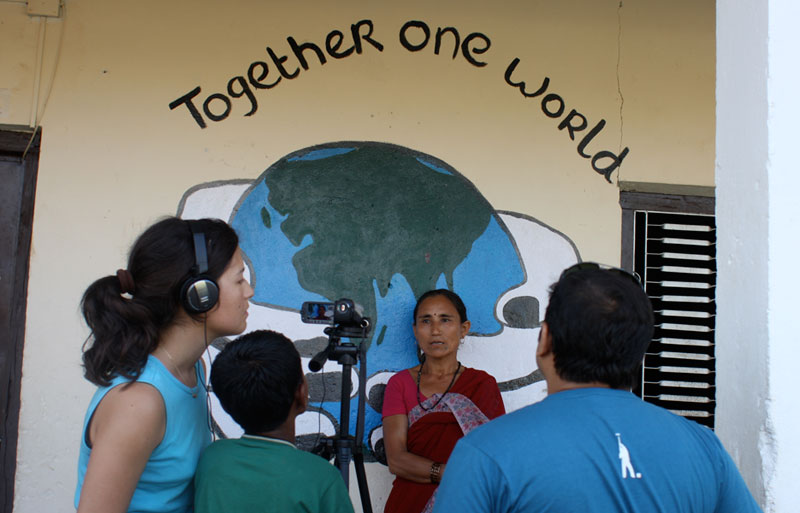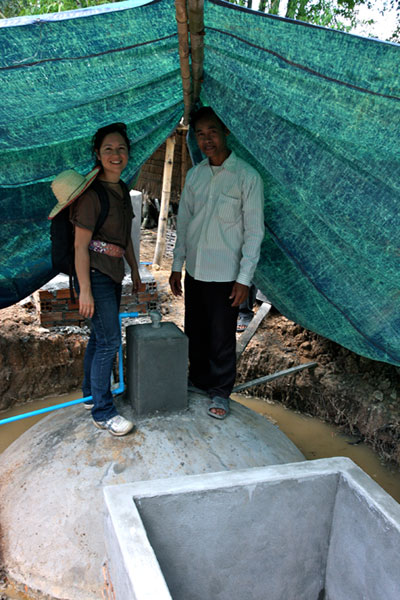Jasmine and local, with a solar cookstove, Ningxia China
Nongovernmental organizations and institutions, like the United Nations, have long recognized the potential of clean-burning cookstoves as levers of sustainable development. About 40 percent of the world’s population uses open fires or antiquated stoves for cooking and heating. These technologies—an artifact of culture and product of poverty—are responsible for a knot of problems: millions of people, women and children particularly, die prematurely from exposure to indoor air pollution; local forests are denuded from the harvest of fuelwood; collecting this fuel takes time and money that could otherwise be used more productively; and open flames emit greenhouse gases and aerosols that contribute to global warming.
Clean-burning cookstoves are designed to tackle all of these problems at once,but for many years the resources devoted to advancing and spreading the technology were scant. Then came the Kyoto Protocol, ratified in 2005, progenitor of the first international carbon market and, alongside, carbon-financed development.
Carbon-financed development rests on compelling theory: rich countries that emit large quantities of greenhouse gases invest in low-carbon development projects in poor countries. These projects can take many forms, from improved forest conservation and agricultural practices to rural electrification through small-scale renewable energy installations. In exchange for bankrolling this work, lenders receive carbon credits that can be sold on a global market or used to meet national emission reduction targets. The basic idea is to efficiently address global warming while raising living standards across the world.



